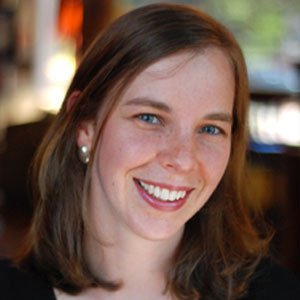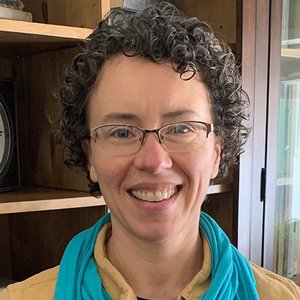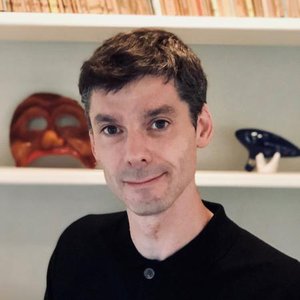MP5: Historical Keyboarding
About
Drawing on the holdings of Corridor institutions, this Working Group explores the cultural, political, ecological, and aesthetic potential of keyboard instruments ranging from the clavichord and organ to the carillon and the Moog synthesizer.
Open to New People
Active since: 2019
- Syracuse University
- Cornell University
- University of Rochester
Collaborative Goals
Comprising scholars of music and sound along the Corridor, our team aims to reconceive our objects of study by scrutinizing their material components (such as ivory, ebony, timber, leather, hair, shellac, electricity, plastic, and code) alongside the musical techniques and practices that animate them. In the process, we investigate concepts of valuation, waste, sustainability, technology, and nature while thinking about what it means to create, distribute, and consume music and sound responsibly.
Group Organizers

Anne Laver
Associate Professor of Applied Music and Performance; University Organist, Syracuse University

Annette Richards
Given Foundation Professor in the Humanities and University Organist, Cornell University


Group Members
- Patricia García Gil, Postdoctoral Associate and Artist in Residence, Cornell University
- Andrew Harley, Eastman School of Music
- Ariel Mo, Graduate Student, Cornell University
- Morton Wan, Graduate Student, Cornell University
- David Yearsley, Herbert Gussman Professor of Music, Cornell University
- Federico Ercoli, Graduate Student, Cornell University
- Nathan Laube, Associate Professor, Eastman School of Music
- Darren Mueller, Associate Professor, Eastman School of Music
- Anne Laver, Associate Professor, Syracuse University
Activities
"Organ in America" Documentary Film Meeting 5
May 7, 2025, 10:30 a.m.
Keyboard Energies: A Symposium
April 25, 2025, 7:30 p.m.
"Organ in America" Documentary Film Meeting 4
April 23, 2025, 10:30 a.m.